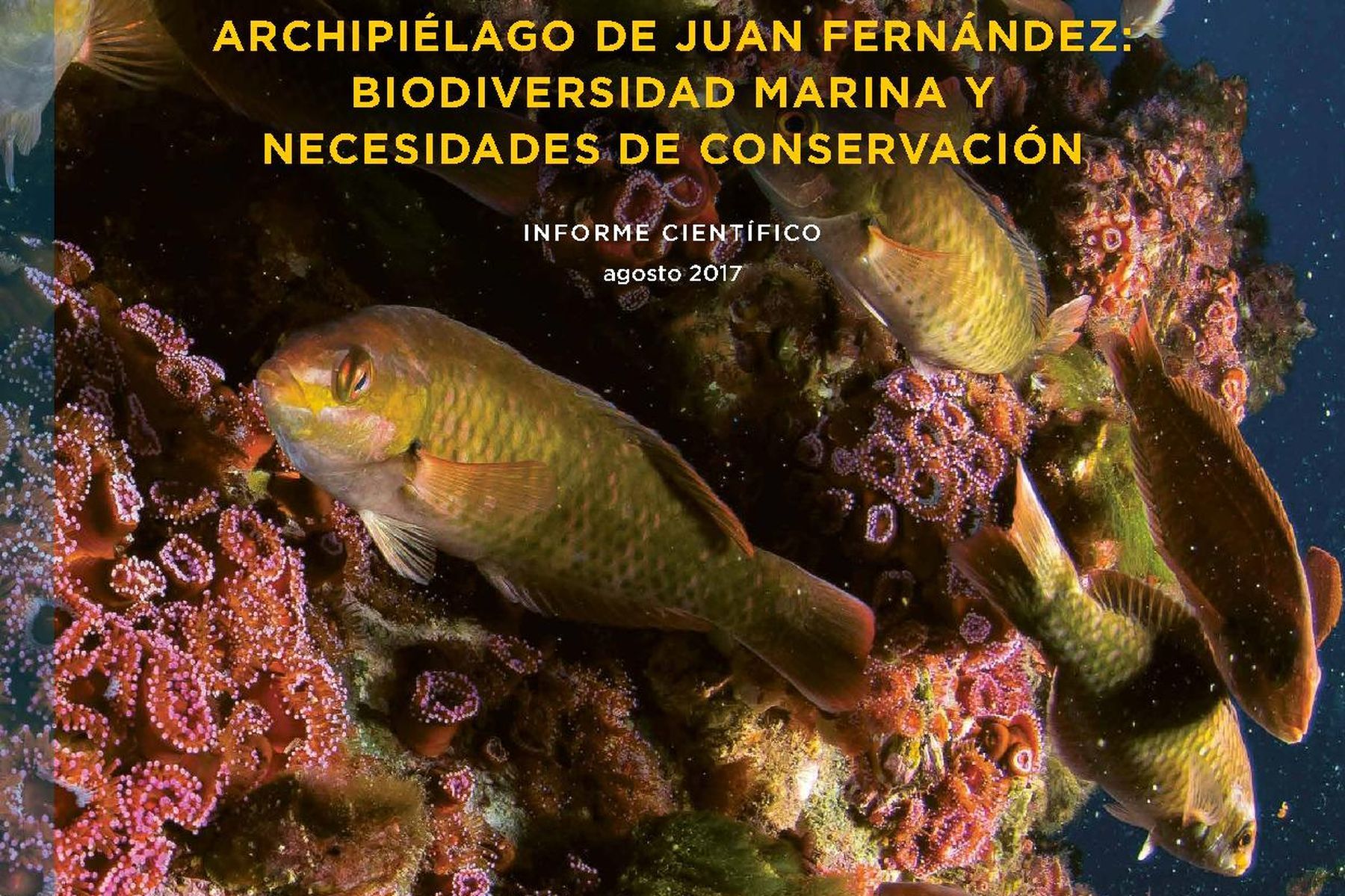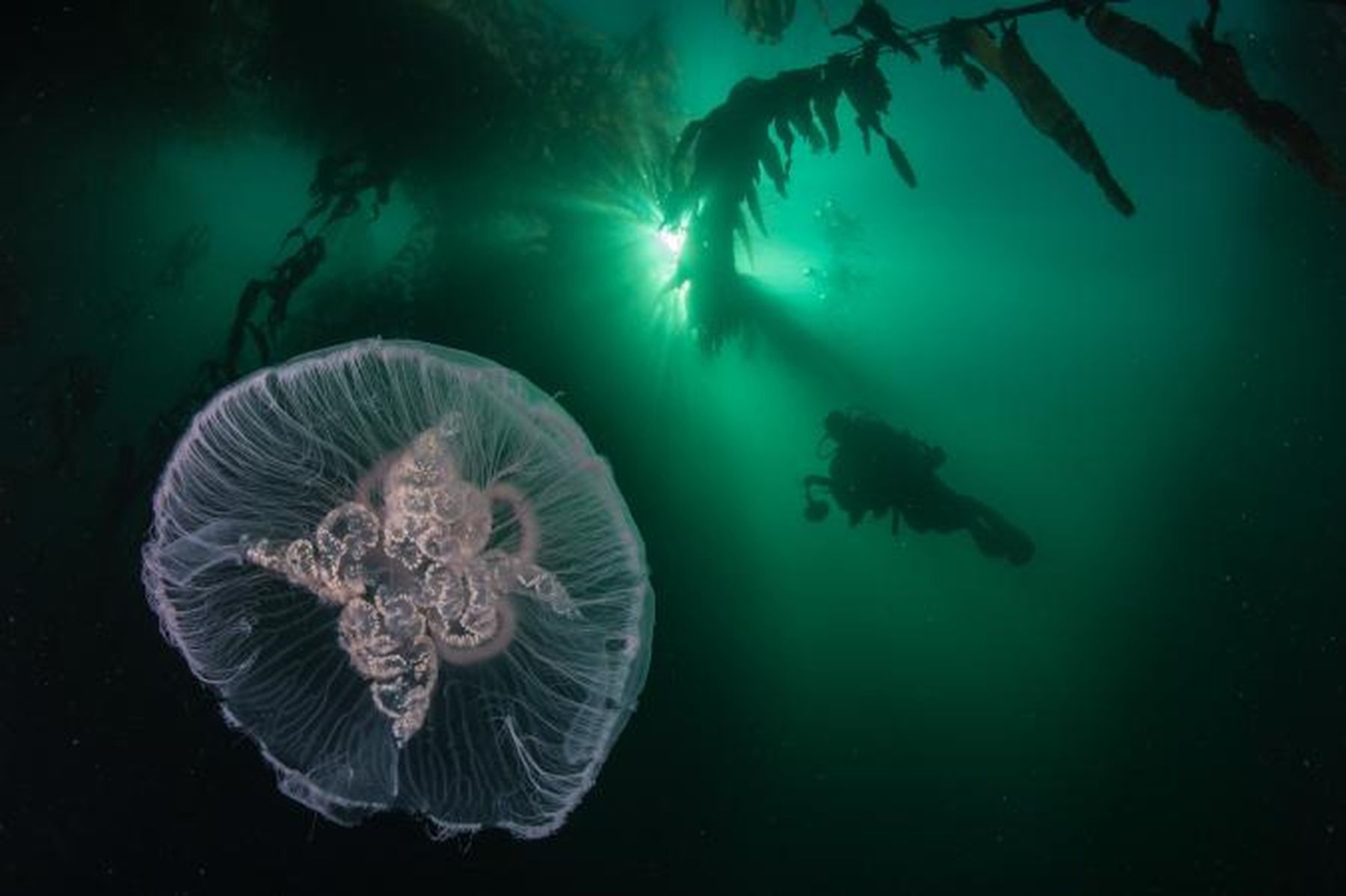Juan Fernández Archipelago
At Sea: March 2017
Country: Chile
The Place
Our scientific understanding of the Juan Fernández islands, among the few oceanic islands belonging to Chile, is extremely limited. The archipelago lies about 600 kilometers west of Valparaíso and consists of three islands: Robinson Crusoe, Santa Clara, and Alejandro Selkirk. They are recognized as a distinct ecoregion and are home to a high percentage of rare and endemic plants and animals, including the Juan Fernández fur seal and two petrel species: Stejneger’s petrel and the Juan Fernández petrel, which are both vulnerable to human impact due to their small breeding ranges.
Despite being close to the South American continent, the islands’ marine flora and fauna more closely resemble those found in the central and South Pacific due to the biogeographic barrier created by the Humboldt Current, which passes powerfully between the islands and the mainland.
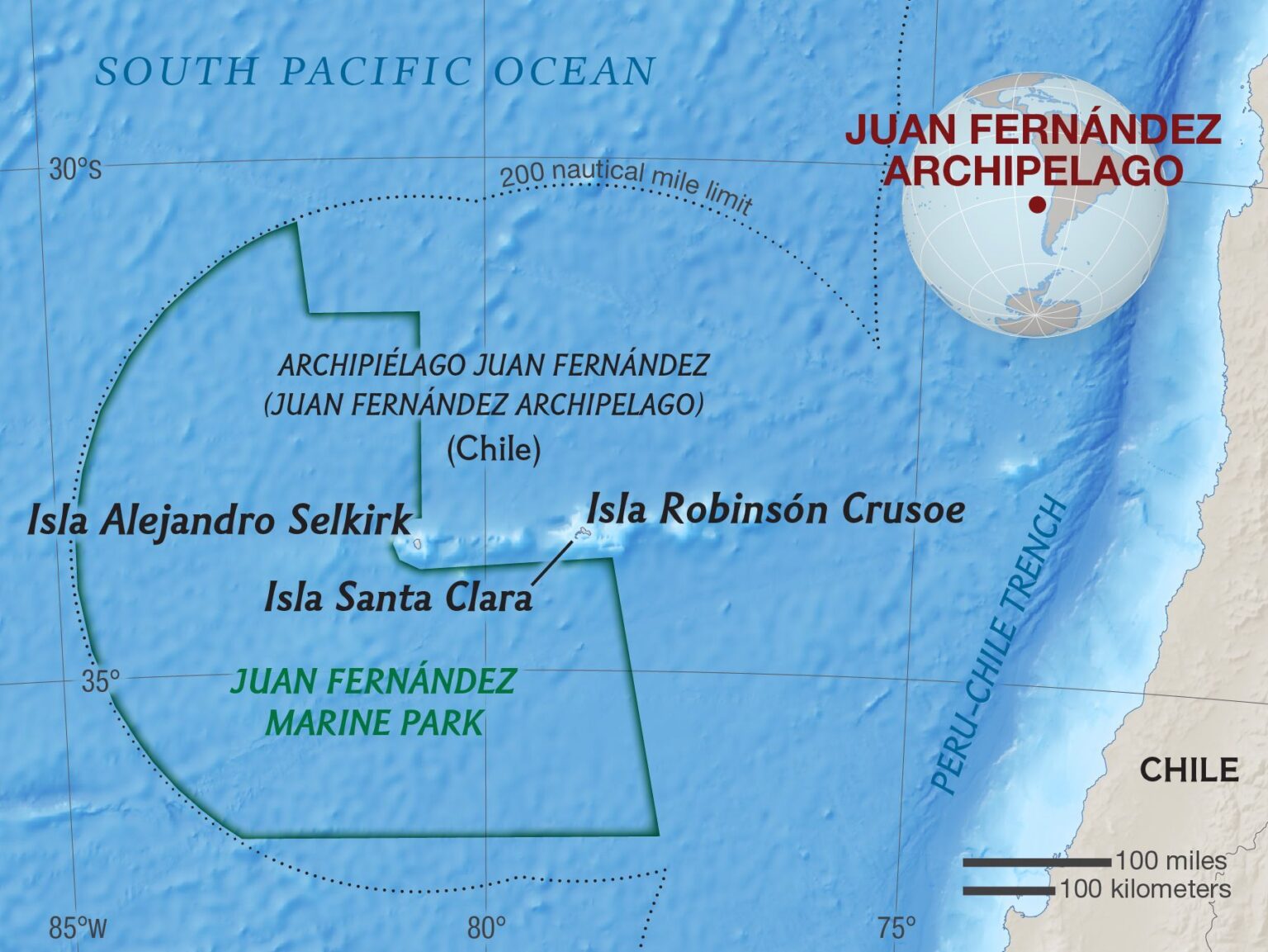
In collaboration with the Waitt Foundation, Pristine Seas launched a two-week scientific expedition to the Juan Fernández archipelago to study and film its deep-sea and open-ocean ecosystems, traveling from Santiago to Alejandro Selkirk, Robinson Crusoe, and Santa Clara islands.
At Alejandro Selkirk—the least explored of the islands—the team conducted the first comprehensive baseline survey of the surrounding waters. And at Robinson Crusoe and Santa Clara, they used remote cameras to capture footage of the islands’ deep-sea and open-ocean environments.
Surveying the fish around Robinson Crusoe made chief scientist Alan Friedlander dizzy. “This is the most unique fish fauna on Earth,” he says, “with nearly all the species we see known only from these islands.” While at Robinson Crusoe, the team also observed dozens of endemic Juan Fernández fur seal pups swimming in the shallows of the Bahía del Padre. The species represents a true comeback story: Following its discovery in the 1500s, it was heavily hunted for its pelt, blubber, and meat and was thought extinct until a small group was rediscovered in 1965. Today, due to protections and an abundance of available food, its adult population is estimated to be around 16,000.
Diving at Alejandro Selkirk, team members observed a rocky landscape covered with thousands of urchins, as well as a school of hundreds of yellowtail jacks and moray eels in such large numbers that they saw frequent territorial disputes between them.
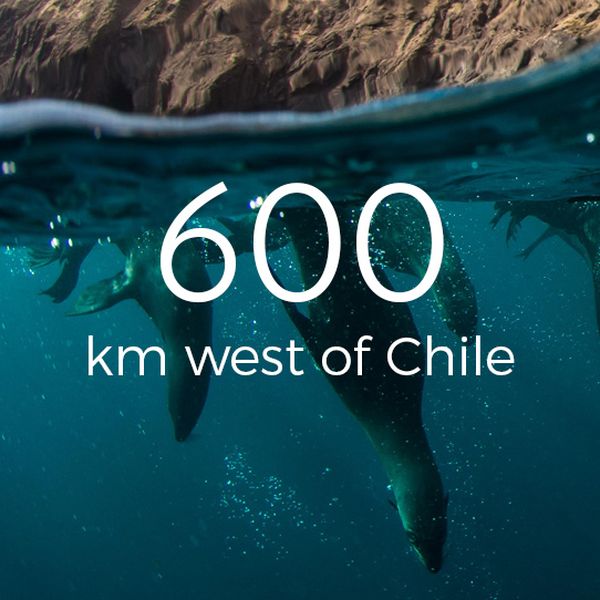
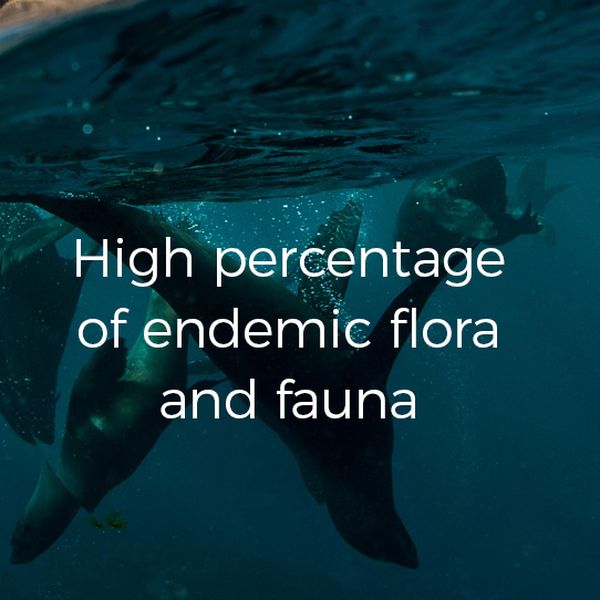
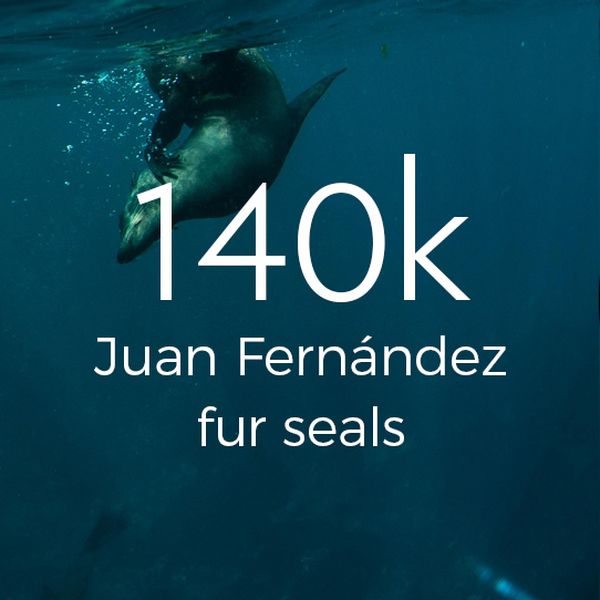
The Result
News and Science
Archipiélago de Juan Fernández: Biodiversidad marina y necesidades de conservación
August 01, 2017
New Marine Parks in Chile and Niue Protect 290,000 Square Miles of Ocean
October 04, 2017
